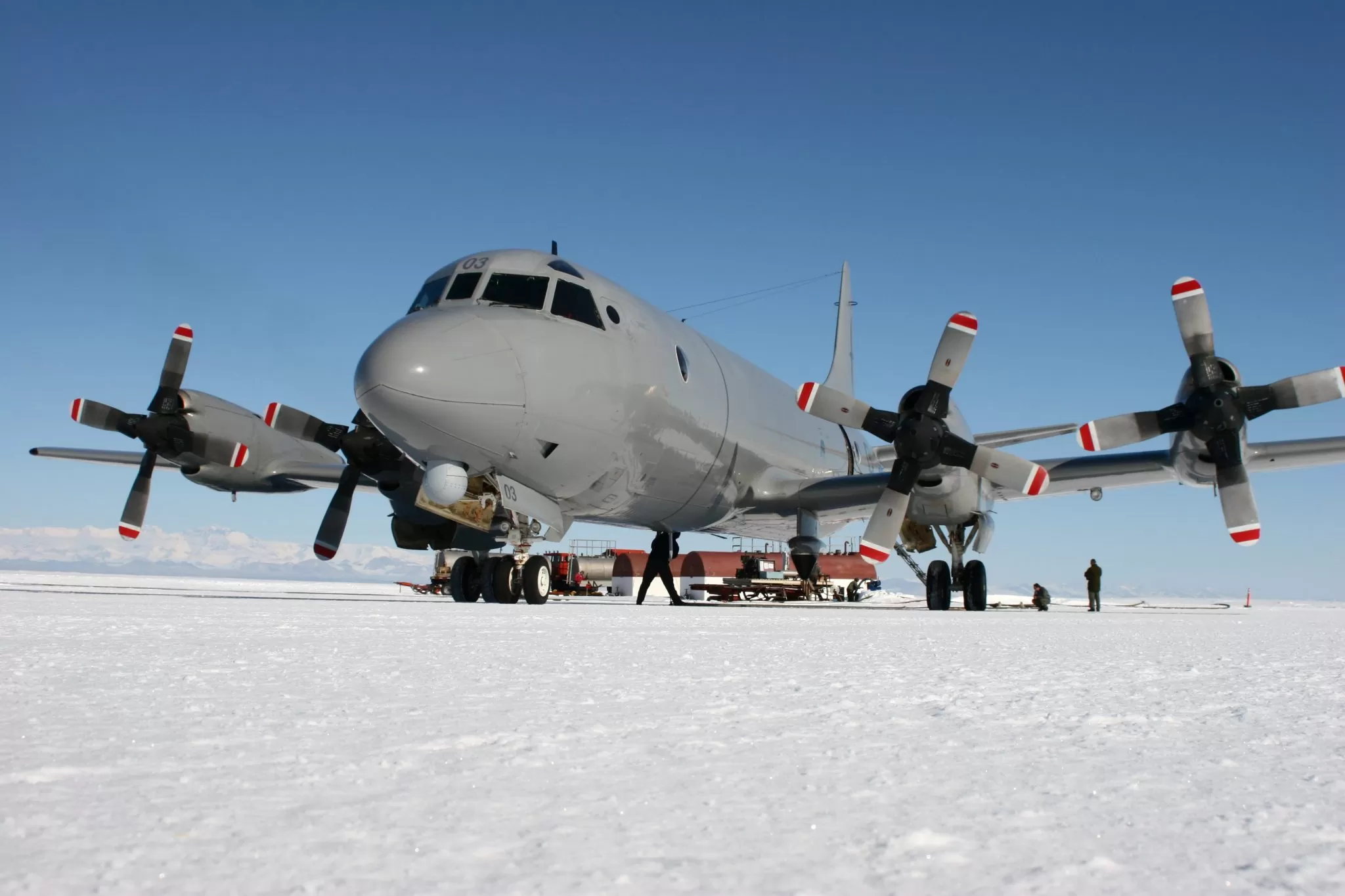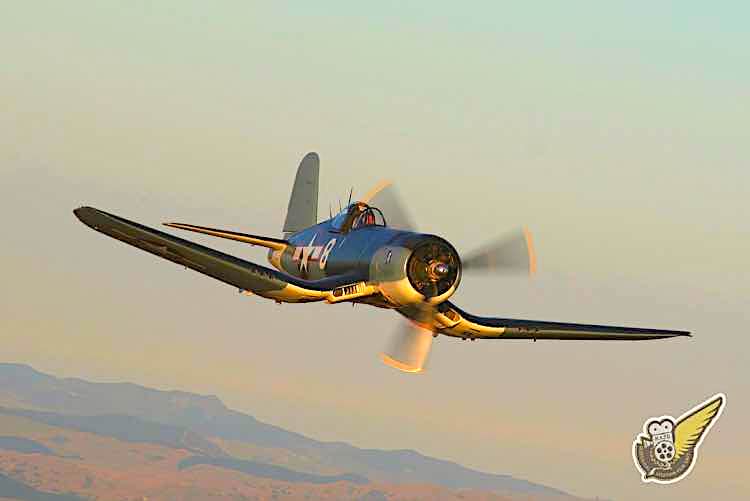Vickers Warwick - Aircraft - Fighting the U-boats - uboat.net
The U-boat War in World War Two (Kriegsmarine, 1939-1945) and World War One (Kaiserliche Marine, 1914-1918) and the Allied efforts to counter the threat. This section includes over 21.000 Allied Warships and over 11.000 Allied Commanders of WWII, from the US Navy, Royal Navy, Royal Canadian...
Vickers VC.1 Viking - Wikipedia
The Wellington was that sort of aircraft that kept on giving. Used as previously stated in all sorts of different tasks and it out lasted two aircraft that were designed to replace it.
First the Vickers Warwick which as a bomber could be best described as useful as an ashtray on a motor bike. Had serious stability issues and was very quickly relegated to coastal command and training. A very small number were supplied to BOAC for transport duties but they very quickly gave them back. At the end of the war the RAF very quickly dumped it and kept using the Wellington for another five or six years in the training role as the Wellington T10.
In the early years of the war it was decided to replace the Wellington with a 4 engine monster the Vickers Windsor. Needless to say it came to nothing and of the 3 built the last one was broken up in 1946.
At around 1948 the Vickers Viking was designed for the civilian market as an airliner carrying 21 pax. It also served with the RAF taking over the duties of the Wellington T10. This aircraft had the wings and the engines of the Wellington. This aircraft also had two Nene jet engines attached in lieu of the piston engines. So the Wellington indirectly had a part in the development of the first commercial jet aircraft. This jet powered Viking/Wellington obtained a speed of 445 mph on a trip between Brooklands and Paris.





